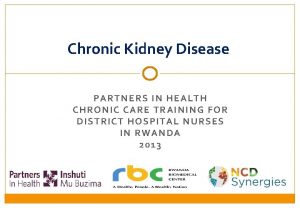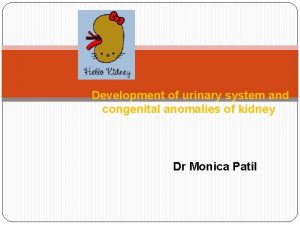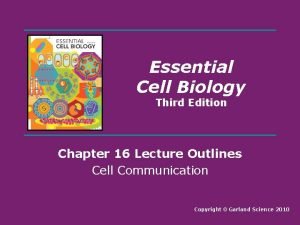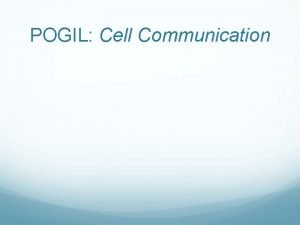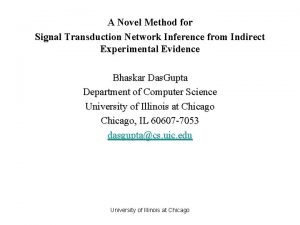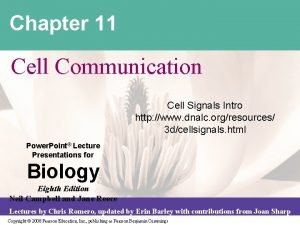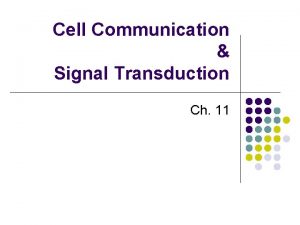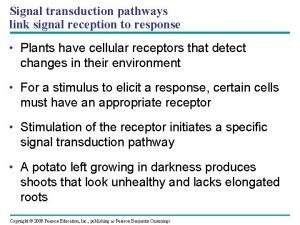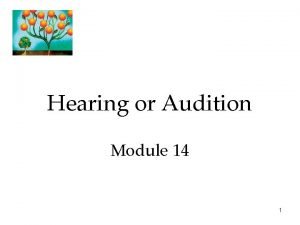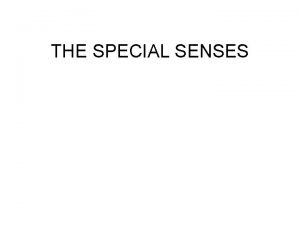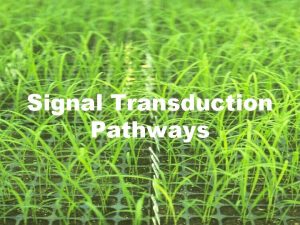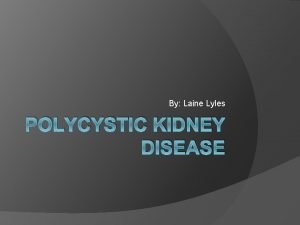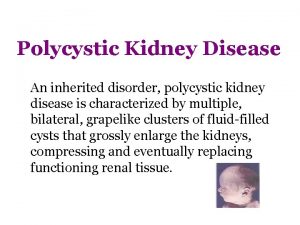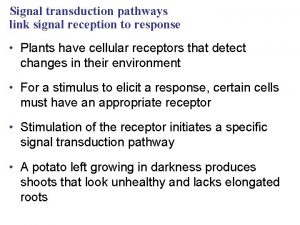Projects Signal transduction pathways for Autosomaldominant polycystic kidney











- Slides: 11

Projects • Signal transduction pathways for Autosomaldominant polycystic kidney disease in mouse. (with Dr. Hung Li, Inst. Mol. Biolog, AS) • Inferring gene networks for HBx induced liver cancer using genomics data (with Dr. Cathy Yuh, NHRI ) • Predicting molecular mechanism for Obesity. (with Prof. Zucker, Univ Paris-6 and INSERM, France) • Epigenetics in yeast via Ch. IP-chip and microarray data. (with Dr. Cheng-Fu Kao, Inst. Cellular & Organ. Biology, AS)

Introduction of ADPKD Autosomal-dominant polycystic kidney disease inherited disorder: 是造成腎衰竭(ESRD)的第三大原因 85% of ADPKD patients are due to pkd 1 gene mutation or pkd 2 gene mutation Liver cysts High blood pressure Kidney stones Renal failure dialysis or a renal transplant

Genotype of mouse Pkd 1 gene mutate Pkd 1 L 3/L 3 Transgenic mice Time course data Phenotype (size of kidney) Day (number of arrays) 8 (3) 10 (1) 14 (1) 19 (3) 24 (1) Pkd 1 L 3/L 3 Pkd 1+/+ Mouse c. DNA microarray 29 (3)

Genomic Analysis of HBx induced HCC mouse model Chio-Hwa Yuh, Ph. D Associate Investigator Division of Molecular and Genomic Medicine National Health Research Institute


Epigenetic regulation in transcription Cheng-Fu Kao (高承福) Inst. of Cellular & Organismic Biology Academia Sinica

Epigenetics: • The word “epigenetic” literally means “outside conventional genetics. ”


Acknowledgement Dr. Hung Li and Wen-Cheng Chen, Inst. Molecular Biol. , A. S. Drs. Cheng-Fu Kao ans Yi-Cheng Lo, Inst. Cellular & Organismic Biology, A. S. Dr. Chiou-Hua Yuh, Molecular & Genome Medicine, NHRI Dr. Jean-Daniel Zucker and Ramzi Temanni, INSERM, Paris VI & Paris XIII Univ, France Dr. Ting-Fang Wang and Da-Yow Huang, Inst. of Biological Chemistry, A. S. Cheng-Long Chuang, Chin-Yuan Guo, Dr. Shi-Fong Guo, Dr. Shang-Kai Tai, Chia-Chang Wang, Yu-Bin Wang Inst. of Statistical Science, A. S.

Other Collaborators • Prof. Kunio Shimizu and Dr. Shogo Kato, Dept. of Math. , Keio Univ. , Japan • Prof. Shinto Eguchi, Inst. of Stat. Math, Japan • Prof. Richard A. Johnson, Univ-Wisconsin. Madison, USA • Dr. Shurong Zeng, Dept. of Statistics, Northeastern Normal Univ. , China

Summer Research Students and visitors • Prof. Feng-Sheng Wang, Chem. Engr. , National Chung-Cheng Univ. • Dr. Hong Yin, Ranmi Univ. , China • Mary Pacold Ph. D student in Bioinformatics, UCSD, USA • Ramzi Temanni, Ph. D student in Bioinformatics, Paris XIII Univ. -Paris, France
